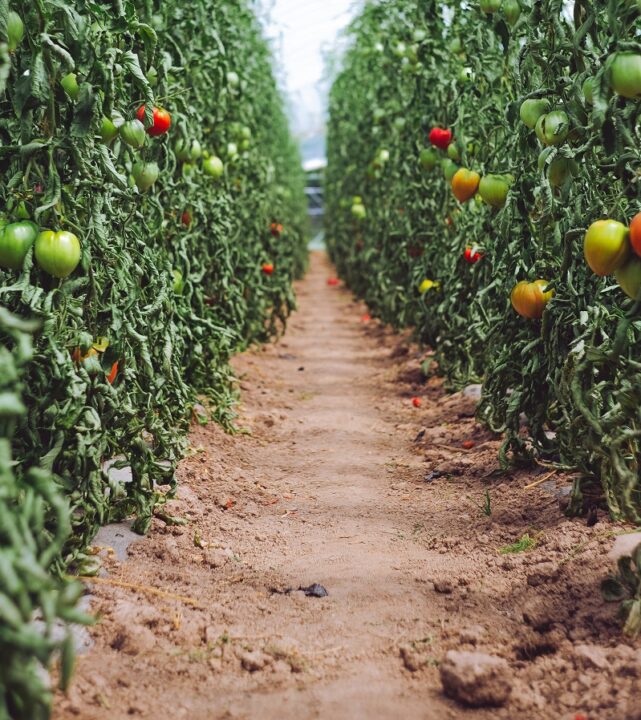Protect Vine Pruning Wounds From Fungal Infections
 Pruning is a terrible thing to do to a grapevine. That’s a statement George Leavitt, University of California Cooperative Extension farm advisor emeritus, would often use to draw attention to the fact that pruning wounds are a port of entry for many fungal pathogens. Fungi that infect pruning wounds can eventually cause various diseases which reduce the vine’s productivity and fruit quality. These diseases, collectively referred to as “trunk” or “canker” diseases, include Esca (also known as “Black Measles,” “Measles,” or “Spanish Measles”), Eutypa dieback, and Bot canker.
Pruning is a terrible thing to do to a grapevine. That’s a statement George Leavitt, University of California Cooperative Extension farm advisor emeritus, would often use to draw attention to the fact that pruning wounds are a port of entry for many fungal pathogens. Fungi that infect pruning wounds can eventually cause various diseases which reduce the vine’s productivity and fruit quality. These diseases, collectively referred to as “trunk” or “canker” diseases, include Esca (also known as “Black Measles,” “Measles,” or “Spanish Measles”), Eutypa dieback, and Bot canker.
Esca, a common grapevine disease in the San Joaquin Valley, is most commonly observed on mature vines. It’s a cryptic disease in that infected vines can show symptoms one year and not the next, and symptoms, which typically begin to be noticed between May and August, can be expressed in the leaves, fruit, or both. Leaf symptoms typically range from a few chlorotic spots on leaves to severe interveinal chlorosis and burning; in severe cases the vines may become defoliated. Fruit symptoms also show a range in severity from purple-colored spots on one or a few clusters to severe discoloration, berry cracking, delayed maturation, and rot. The appearance of fruit symptoms is especially a problem for table grape growers because affected fruit is not marketable.
Vines suffering from Eutypa develop cankers which, in cross section, appear as brown, wedge-shaped sections of dead tissue. They also have weak, stunted growth in early spring, with small, pale, and distorted leaves. Bot canker produces similar-looking cankers as Eutypa, but Bot canker infections do not cause foliar symptoms. Both Eutypa dieback and Bot canker are first noticed when they cause the vine’s spur, arm, or cordon to die.
An Ounce Of Prevention
Clearly these diseases are unwelcome, so what can be done about them? Currently, the best approach to managing trunk diseases is to prevent infections from occurring, particularly in young vineyards which have not yet shown signs of trunk diseases. There are primarily two ways to prevent new trunk infections: 1) prune during periods of relatively warm and dry weather, and 2) apply a labeled pruning-wound protectant after pruning. Pruning during relatively warm and dry weather is recommended because the pruning wounds will heal faster during warm weather than cold weather, and rain disperses the fungal spores. A pruning wound made under typical December weather conditions could take up to two months to heal, whereas a similar wound made in February might heal within a few weeks, under seasonal temperatures. Unseasonably warm and dry conditions at any time during the dormant season could also be good pruning windows.
It may be impractical to delay pruning until optimal weather conditions. In such cases, it is prudent to apply a pruning wound protectant such as Rally (Dow AgroSciences) or Topsin (United Phosphorus, Inc.). Good coverage is important for optimizing the performance of protectants. Pruning in such a way that the cut surfaces can be easily treated with protectants will improve efficacy. Pruning wound protectants are not rainfast, and do not retain their efficacy for one month, so repeated applications may be necessary after rain or in vineyards pruned early, or during low temperature conditions.
The practices recommended for young vineyards may also be employed in mature vineyards to help reduce the number of new infections, but they cannot eradicate existing infections. Removing infected arms and cordons can liberate the vine from canker infections, but the entire canker must be removed. Such major cuts are a last resort as they are laborious, ineffective if any diseased tissue is missed, and the large wounds created are a potential entry point for new infections. Major cuts into permanent wood should be avoided, especially if they are mainly for cosmetic purposes. If major cuts cannot be avoided, they should be made under favorable weather conditions and treated with a pruning wound protectant.
Developing better management practices and recommendations for controlling trunk diseases of grapevines is an active research topic. Table grape growers can contribute to these efforts by participating in a survey at http://ucanr.edu/sites/Rolshausen/Survey.










